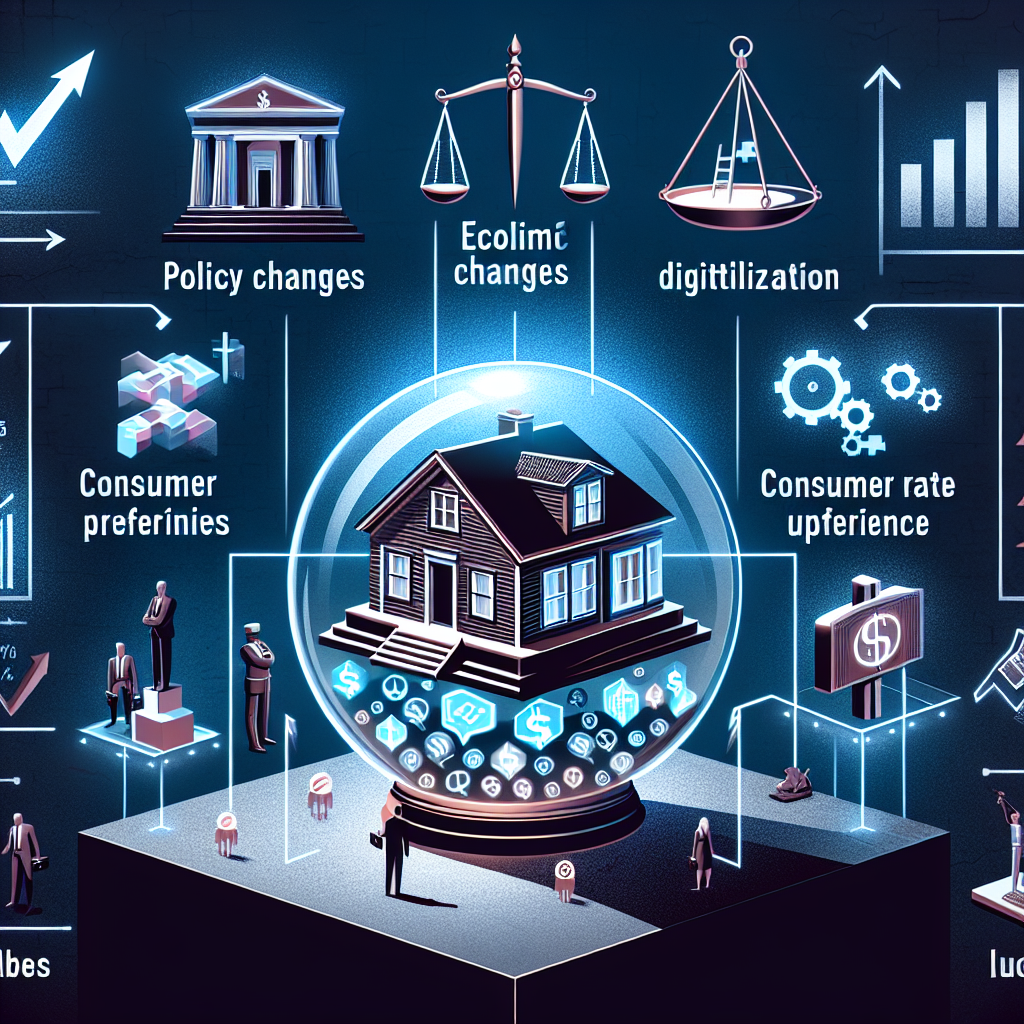 Luxury home prices rose 3.2 percent year over year to an average of $1.7 million in the third quarter of 2018, according to Redfin. This is the lowest growth rate since the fourth quarter of 2016, when prices were up 1.1 percent from a year earlier.
Luxury home prices rose 3.2 percent year over year to an average of $1.7 million in the third quarter of 2018, according to Redfin. This is the lowest growth rate since the fourth quarter of 2016, when prices were up 1.1 percent from a year earlier.
The Redfin analysis tracks home sales in more than 1,000 cities across the country and defines a home as luxury if it is among the top 5 percent most expensive homes sold in the quarter. The average price for the bottom 95 percent of homes was $343,000, up 3.6 percent in the third quarter compared to a year earlier, but down from the second quarter's 5.1 percent growth rate.
"A great deal of the slowing price growth among luxury homes can be explained by the stock market, a strong indicator of luxury homebuyers' wealth, or at least their perceived wealth," said Daryl Fairweather, chief economist at Redfin. "The stock-market fluctuations that began last quarter likely caused some uncertainty among wealthy individuals, which has made luxury buyers more sensitive to price. The swings many people have been watching in their stock portfolios have only grown more frequent in recent weeks, so we expect this trend of slowing luxury home price growth to continue at least into the end of the year."
Luxury homes went under contract after an average of 65 days on market, eight fewer days than in the third quarter of last year and tied with the second quarter for the fastest pace on record since Redfin began tracking this metric in the first quarter of 2009. The market for non-luxury homes also sped up in the third quarter, with homes spending an average of 49 days on market, nine fewer days than last year.
"We have seen homes go under contract faster every year since 2015. Buyers are able to look at more homes more quickly in part thanks to real estate technology," said Fairweather. "For example, a potential home buyer can use Redfin's website to go on virtual tours, or immediately book a home tour using Redfin's book-it-now feature."
Luxury homes sold fastest in San Jose, Calif., where they found buyers in an average of 19 days, followed by Ashburn, Va. (23); Oakland, Calif. (28); Seattle (29); and San Francisco (44).
| Q3 Market Summary | Luxury Market (Top 5%) | Rest of Market (Bottom 95%) |
| Average Sale Price | $1.70M | $343,000 |
| Average Sale Price (YoY) | 0.032 | 0.036 |
| Average Days on Market | 65 | 49 |
| Days on Market (YoY) | 8 days faster | 9 days faster |
| Homes that Sold Above List Price
|
1.50% | 23.10% |
Biggest Gainers, Losers
Cities in Florida and Nevada saw some of the nation's largest increases in luxury home prices in the third quarter. In West Palm Beach, Fla., the average sale price for a luxury home shot up 54.5 percent over last year to $1.7 million. Luxury home prices were up 29.6 percent in Reno, Nev., 26.0 percent in Boca Raton, Fla., and 22.5 percent in Miami.
"There are a lot of people selling average/modest multi-million-dollar homes in the Bay Area and buying true luxury homes in Reno," said Jaime Moore, agent for Redfin. "Buyers coming from the Bay Area find themselves with strong purchasing power and are able to easily afford luxury homes in Reno."
The average price for a luxury home fell the most in Vero Beach, Fla., down 46.1 percent year over year last quarter. Prices for high-end properties also fell in St. Petersburg, Fla., (-16.8%); Fort Lauderdale, Fla., (-16.4%); Sarasota, Fla., (-8.4%); and Delray Beach, Fla. (-8.3%).
Sales Rise Anemic 3.2%
For luxury sales and supply trends, Redfin analyzed a group of homes priced at or above $2 million, rather than the top 5 percent of homes in each city. Sales of homes priced at, or above $2 million, were up 3.2 percent in the third quarter, the ninth consecutive quarter of sales growth, but the smallest rate of growth since early 2016.
The number of homes for sale priced at or above $2 million fell 6.0 percent year over year in the third quarter of 2018 compared to a year earlier. Interestingly, inventory of homes priced under $2 million is slightly increasing as of the third quarter, but the luxury market is still seeing a decrease in the number of homes for sale compared to a year earlier.







